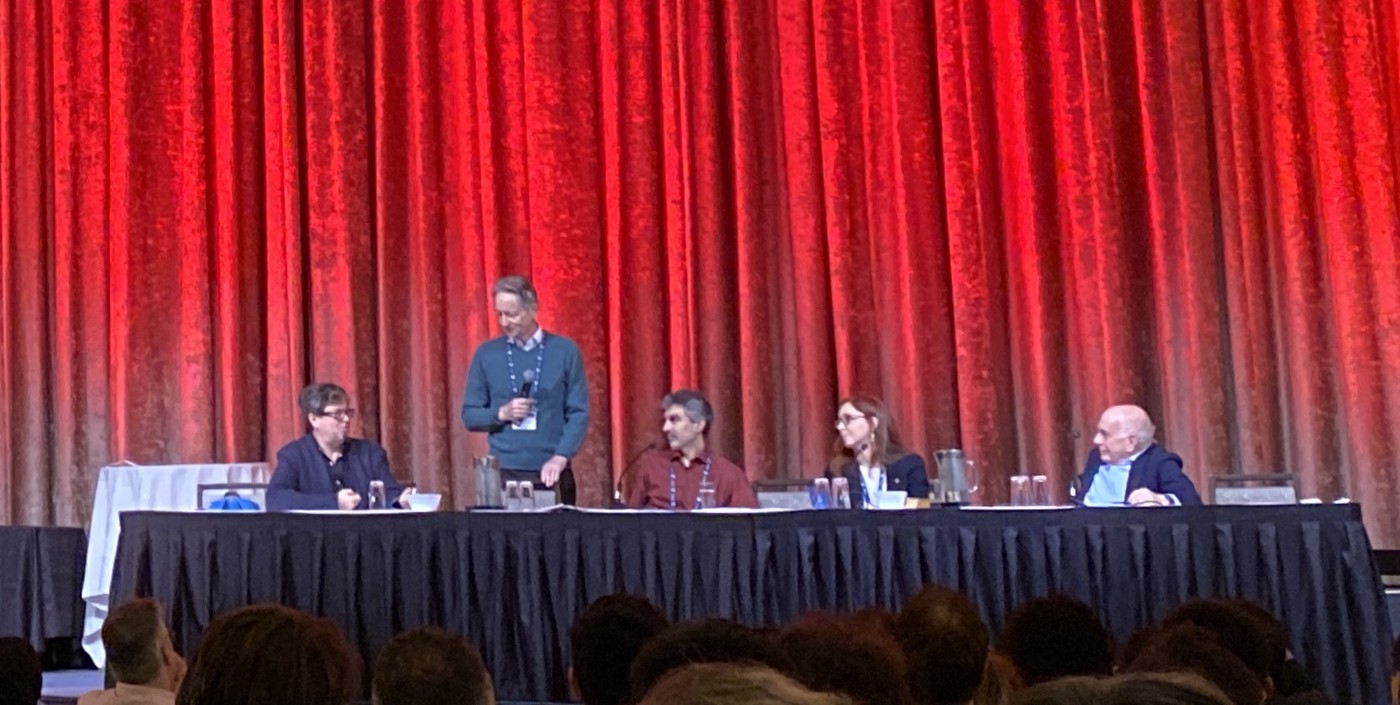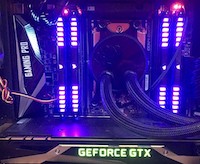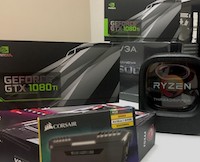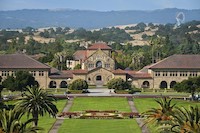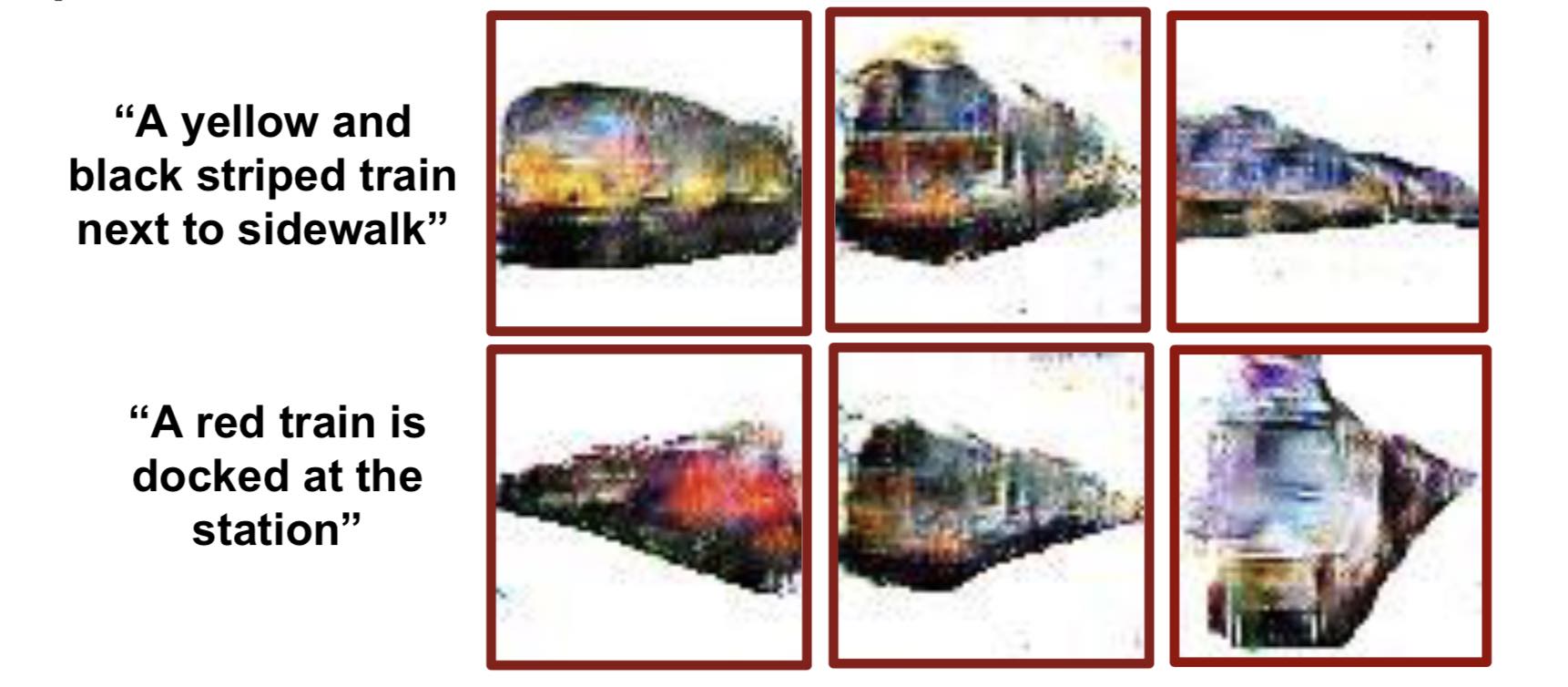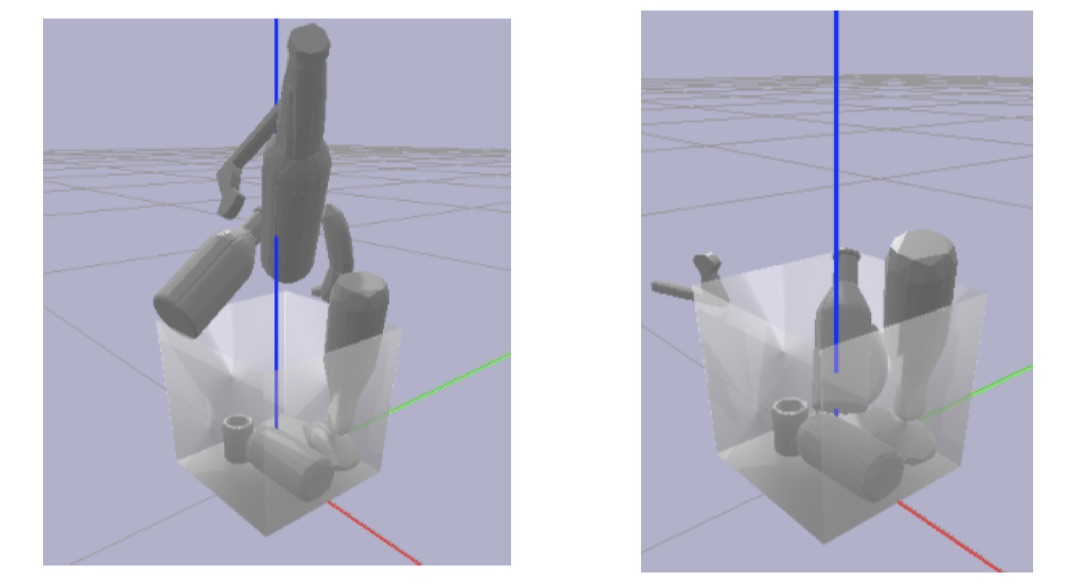The next revolution is likely going to be more fundamental….
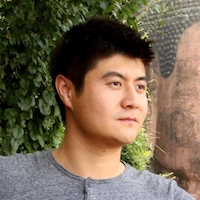
Jeff Chen
AI & Web3 Engineer
Stanford University
About Me
Hello! I’m an AI & Web3 Engineer and company builder interested in building remarkably useful products for the world. Previously, I founded a voice assistant company called Joyride (acquired by Google) and an apps company called CLZ (acquired by Zynga). See below for my current projects!
Interests
- Natural Language Processing
- Visual Recognition
- Reinforcement Learning
- Web3
- Robotics
- Online Learning
- Consumer Internet
Education
-
Blockchain and Cybersecurity, 2022
Stanford University
-
Artificial Intelligence and Software Systems, 2019
Stanford University
-
MS in Computer Science, 2007
University of California, Berkeley
-
BS in Electrical Engineering and Computer Science, 2005
University of California, Berkeley
